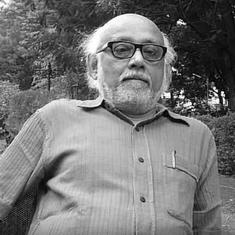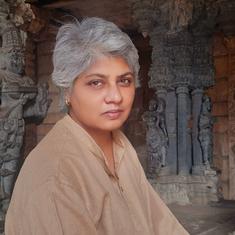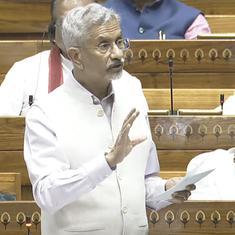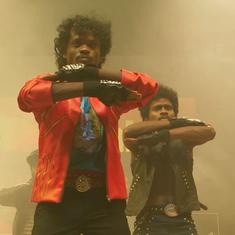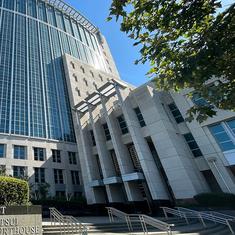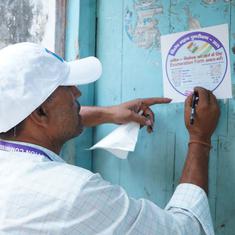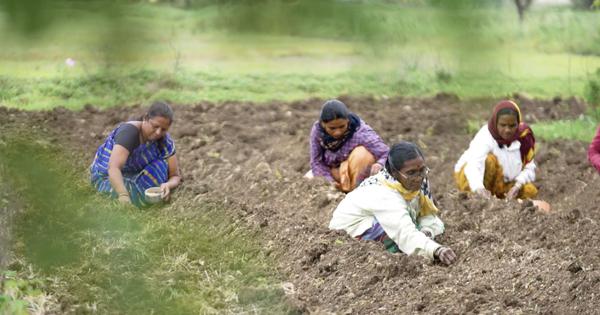IBPS Clerk Exam Question Paper Bank: Preparatory questions for the IBPS Clerk exam
Test your preparation for the IBPS Clerk exam for clerical cadre by attempting selected questions based on previous years’ IBPS Clerk papers.

Prepare for the IBPS Clerk exam by reviewing previous years’ question papers. Here are a few questions from previous years’ IBPS Clerk exam question papers, with the answers, so that you are ready to take the exam. Go through the list of questions (with answers) that we’ve selected from previous years’ IBPS Clerk exam papers, and then attempt our quiz at the bottom.
Reasoning
1. If all the symbols are dropped from the arrangement given below, then which will be the tenth element from the right end of the arrangement?
W 2 X T 3 * Z b U 4 O P 9 $ Q G D 5 # W E J 6 & 8 K @ 7 +
(A) 9
(B) G
(C) D
(D) 5
(E) P
Ans: B
2. In this question, the symbols @, %, Ó, $ and # are used with the following meaning as illustrated below:
‘P @ Q’ means ‘P is neither smaller than nor equal to Q’.
‘P % Q’ means ‘P is neither greater than nor equal to Q’.
‘P Ó Q’ means ‘P is not greater than Q’.
‘P $ Q’ means ‘P is not smaller than Q’.
‘P # Q’ means ‘P is neither smaller nor greater than Q’.
So, if R % H, H Ó T, T @ K, which of the following conclusions are true?
I. T Ó R
II. K % H
(A) Either conclusion I or II is true.
(B) Only conclusion I is true.
(C) Neither conclusion I nor II is true.
(D) Only conclusion II is true.
(E) Both conclusions I and II are true.
Ans: C
English
3. Find out if there is any error in the sentence below. The error, if any, will be in one part of the sentence. Mark the part with the error as your answer. If there is no error, mark “No error” as your answer.
By and by, the fox / comes to a stream / that ran through the forest, / and quenched his thirst.
(A) By and by, the fox
(B) comes to a stream
(C) that ran through the forest,
(D) and quenched his thirst.
(E) No error
Ans: B
4. In the sentence below, four words are marked in bold. One of these four words may be either wrongly spelt or inappropriate in the context. That word is your answer.
Committees have been asked to dispoze of all grievance petitions within the next fortnight.
(A) dispoze
(B) petitions
(C) within
(D) fortnight
(E) No error
Ans: A
Quantitative aptitude
5. The diameter of a wheel is 49m. How many revolutions will it make to cover a distance of 3200m?
(A) 17
(B) 27
(C) 24
(D) 22
(E) 18
Ans: D
6. The respective ratio of two number is 16 : 21. If the first number is increased by 30% and the second number is decreased by 20%, what will be the respective ratio of the first and the second number?
(A) 32 : 21
(B) 26 : 21
(C) 25 : 21
(D) 20 : 21
(E) 22 : 21
Ans: B
General awareness
7. According to which of the following acts, a fixed deposit in a bank should not be paid in cash if it is Rs. 20,000 and above?
(A) Wealth Tax Act
(B) RBI Act
(C) Income Tax Act
(D) Banking Regulation Act
(E) Negotiation Instruments Act
Ans: B
8. Under the PMJDY, the government’s aims was to open at least ______ basic bank accounts for unbanked tambles in the country.
(A) 7.5 crore
(B) 1.8 crore
(C) 5.7 crore
(D) 3 crore
(E) 4.5 crore
Ans: A
Computer knowledge
9. ______ tags, placed on animal’s body can be used to record and track in a database all of the animal’s movements.
(A) POS
(B) RFID
(C) PPS
(D) GPS
(E) Other than those given as options
Ans: B
10. Which of the following is not true about RAM?
(A) RAM is the same as hard disk storage.
(B) RAM is a temporary storage area.
(C) RAM is volatile.
(D) RAM stands for Random Access Memory.
(E) Information stored in RAM is gone when you turn the computer off.
Ans: A

